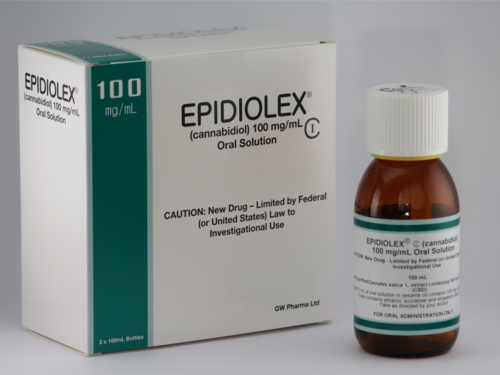Remembering Pain Warrior Sherri Little
/By Tina Petrova, Guest Columnist
July 7, 2018 marks the third anniversary of the death of Sherri Little, a California pain patient, warrior, advocate and my friend.
Sherri was a pretty, diminutive woman with sparkling eyes who was full of life, verve and laughter -- until multiple chronic pain conditions claimed her emaciated body and tired spirit at the age of 53.
Sherri committed suicide in a Los Angeles hotel room after a last desperate attempt to get medical treatment for her severe colitis pain (See “Sherri’s Story: A Final Plea for Help”).
I would like to say that insurers, hospitals and medical professionals have evolved in their capacity to diagnose and treat chronic pain and illness since Sherri’s death. Sadly, that is not the case.
Since Sherri’s passing and the slow death of compassion in pain medicine in North America, many others have succumbed to the ravages of chronic pain. Some by failure to be helped, some by their own hand.
When will this madness end? When will doctors stop being persecuted for upholding their Hippocratic Oath by offering patients some small dignity and reduced suffering?
SHERRI LITTLE
When will pain patients gain access to the alternative health modalities that their doctors recommend? When will insurers start to pay for them and governments mandate their coverage?
Pain Warriors
As a longtime pain patient and activist, I was moved to do something for Sherri, myself and others who live in pain. After 3 long years of developing a documentary on chronic pain that was to be called "Pandemic of Denial,” I partnered with award winning filmmaker Eugene Weis.
VISIONARY MEDIA
Together, we have synthesized hundreds of hours of research, production, interviews and footage -- molding our project into a compelling, heartbreaking and status-quo shattering feature film.
The newly renamed documentary “Pain Warriors” is dedicated to Sherri and all those we've lost to pain over the last three years. We are at long last nearing the finish line and anticipate a Fall 2018 release of the film.
Pain Warriors will be distributed by Indie Can Entertainment and we hope it will be available on many platforms of exhibition, including streaming channels, film festivals, cable TV and community screenings.
No one was able to stop Sherri’s tragic ending to the disease of chronic pain. We must now look to the future with commitment, focus and clarity, and renew our ambitions to educate and inform the global community about this seemingly benign illness. Poorly treated pain and medical neglect are not often discussed in the media, yet they have torn apart many families, shattering lives and communities in their wake.
If your group, organization or support circle would like to sponsor a community screening of Pain Warriors in your city or you simply wish to be notified of future screenings in your area, please email us at: painwarriorsmovie@gmail.com. We will get back to everyone on the screening list by email this fall.
Please visit our website for details on the film. You can also follow us on Facebook by clicking here. And you can learn more about Sherri here. Help us help you Give Pain A Voice!
Tina Petrova is an award-winning filmmaker and co-founder of Chronic Pain TV and Give Pain A Voice. Her production company, Visionary Media, is the Executive Producer of Pain Warriors.
The information in this column should not be considered as professional medical advice, diagnosis or treatment. It is for informational purposes only and represents the author’s opinions alone. It does not inherently express or reflect the views, opinions and/or positions of Pain News Network.



























